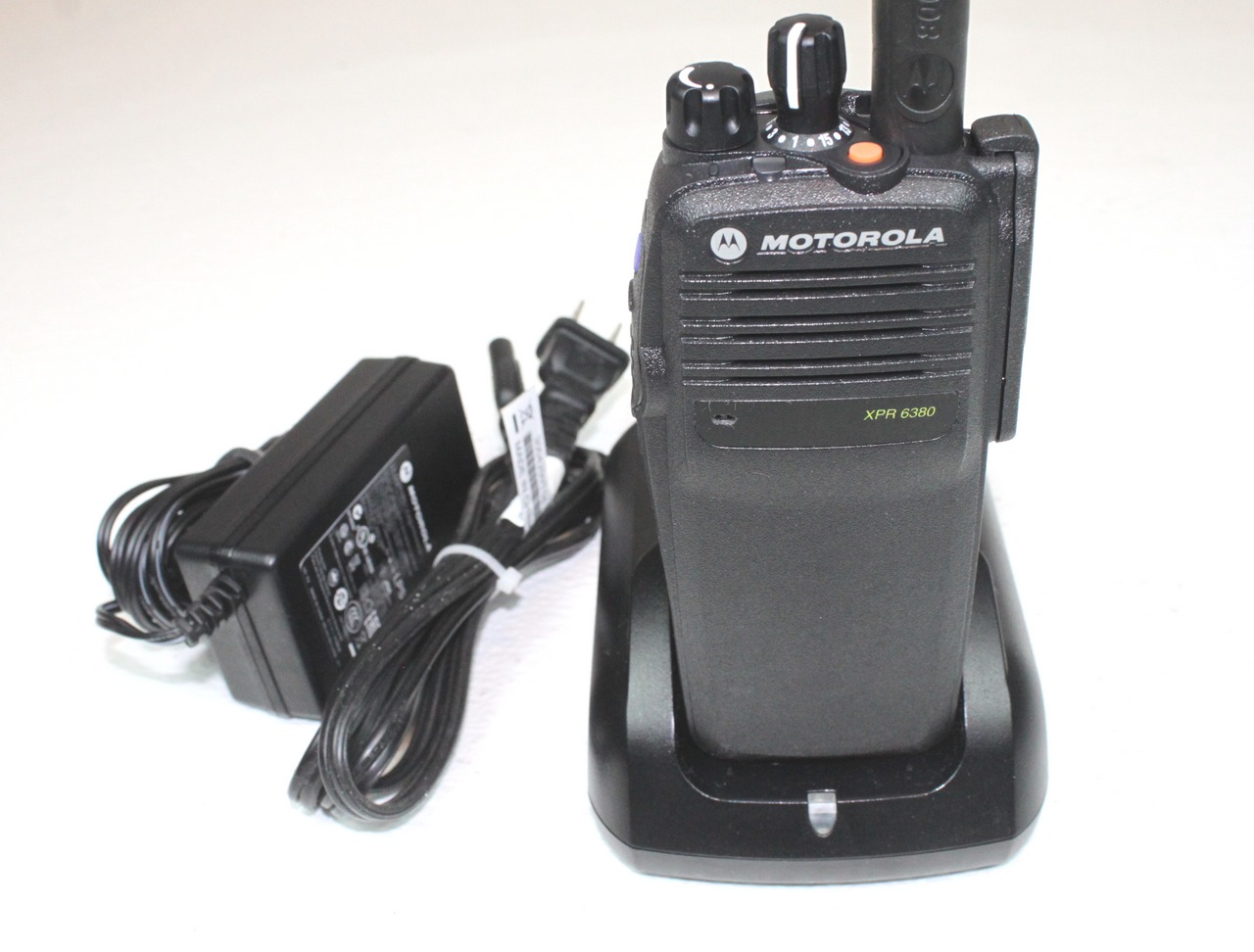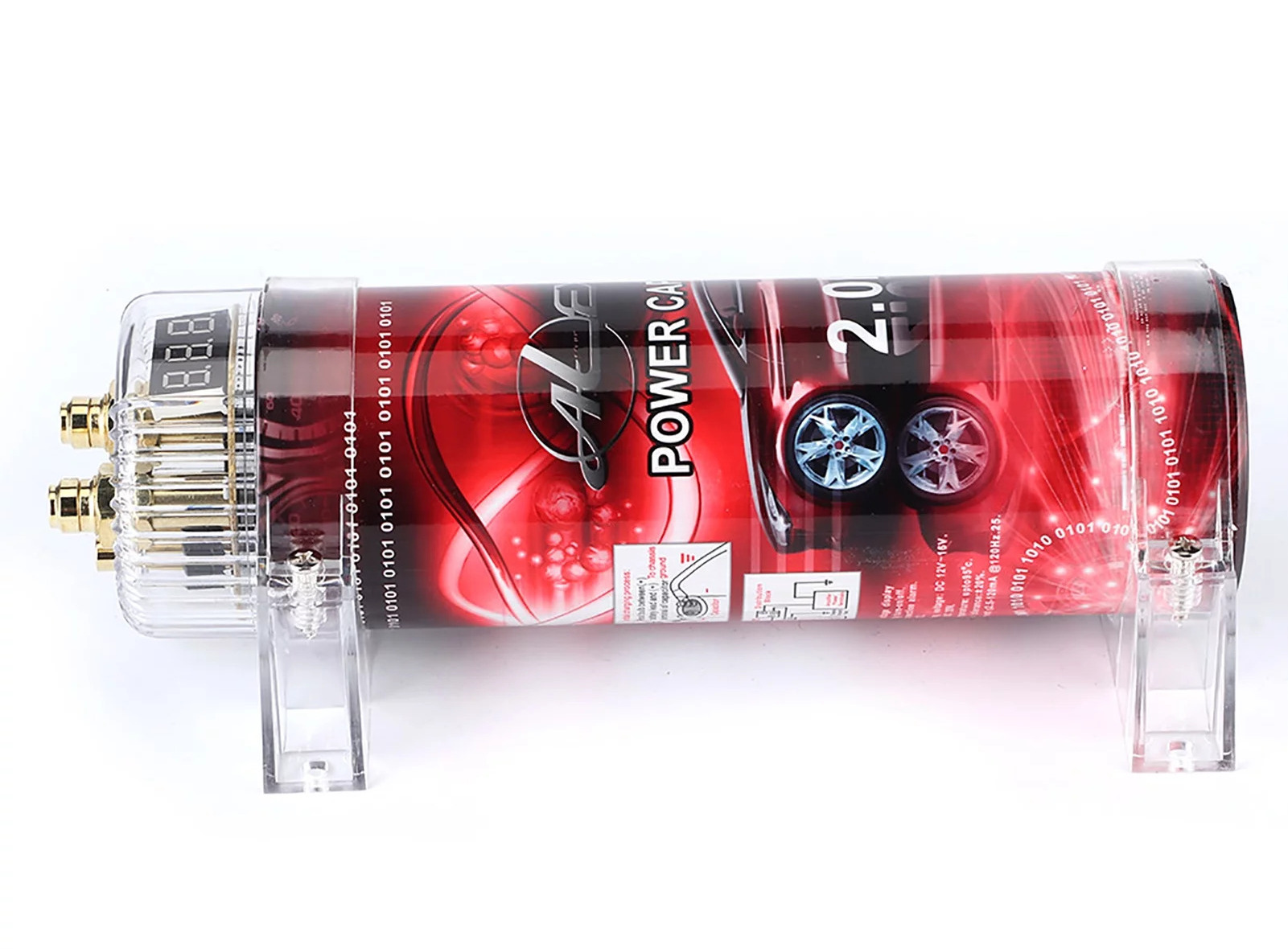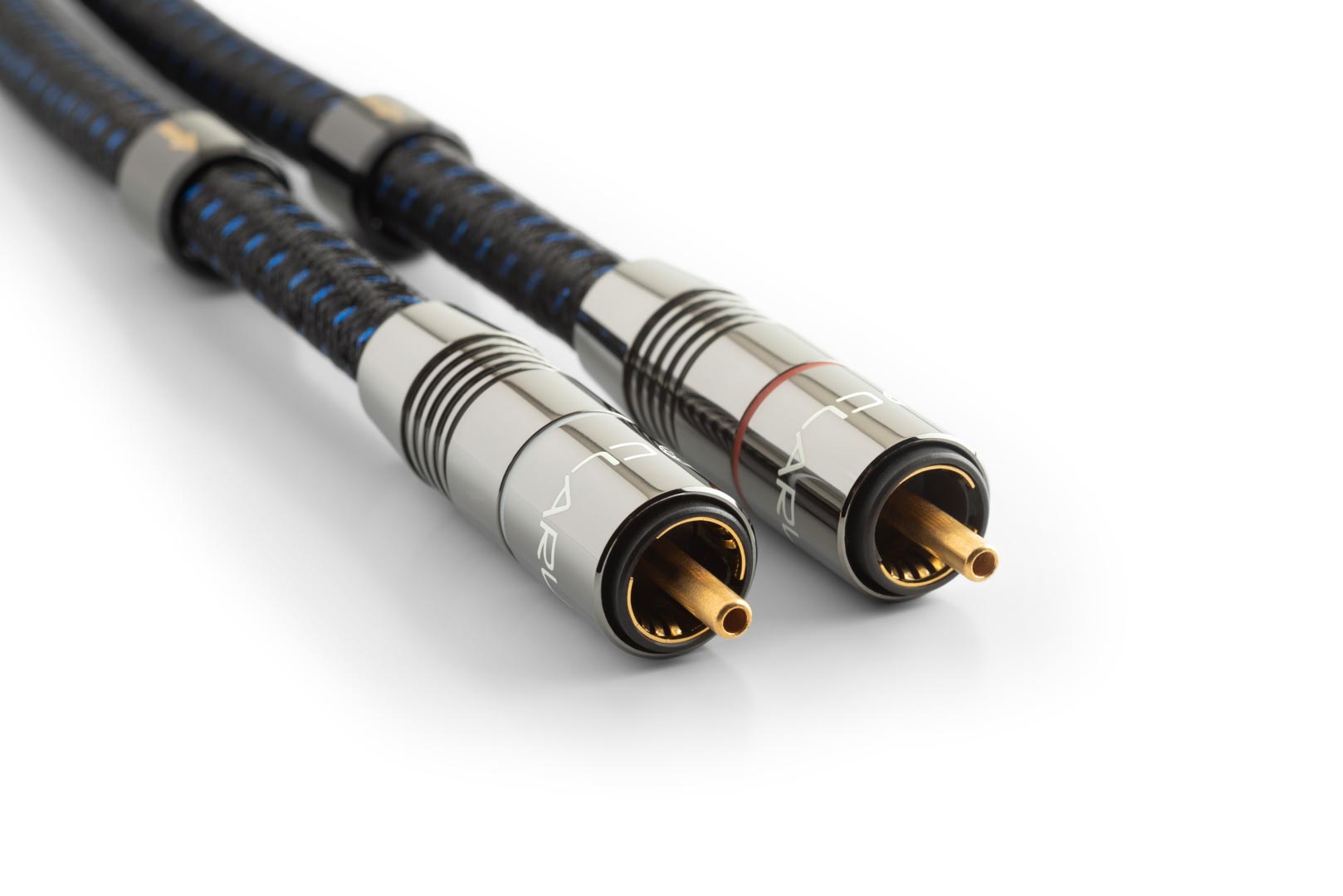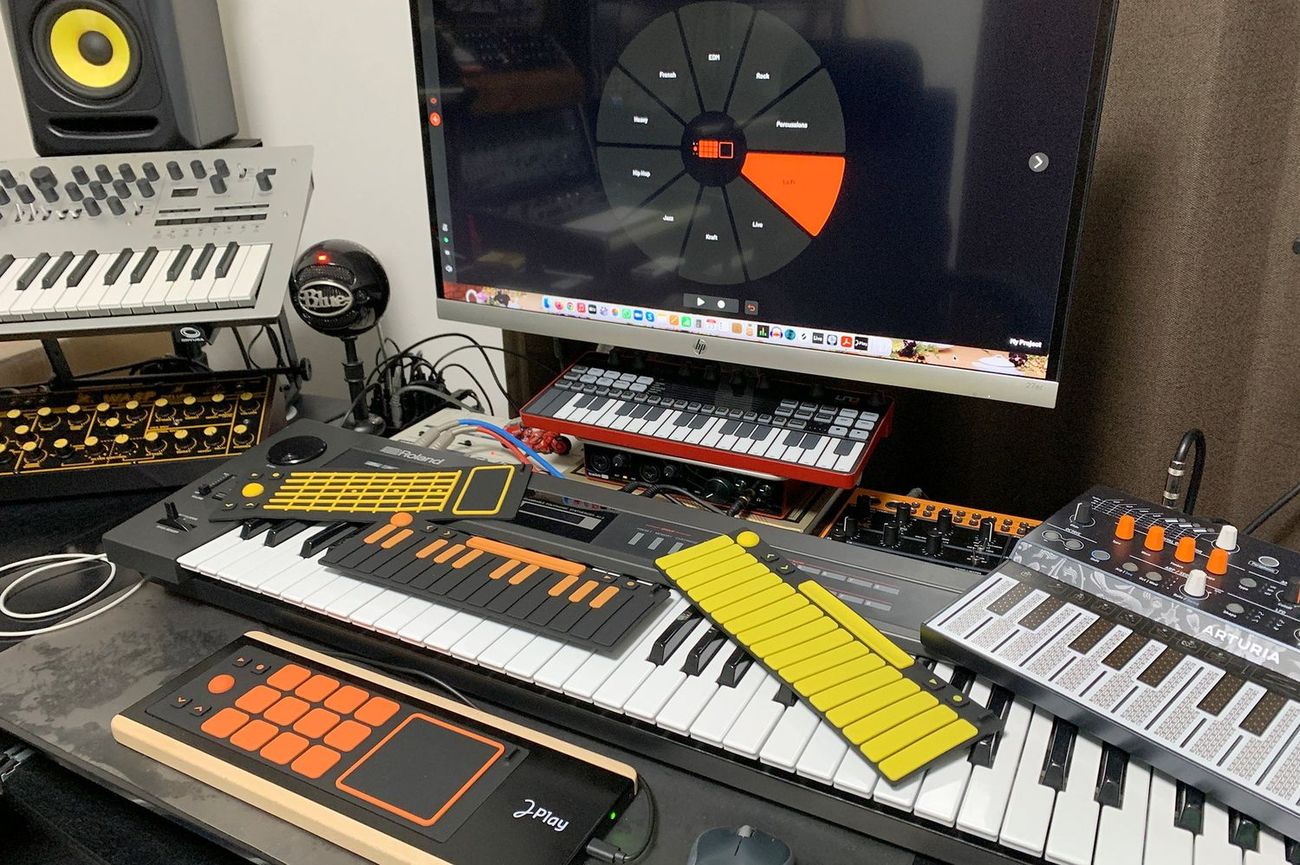Home>Production & Technology>MIDI>What Is A Good MIDI Program
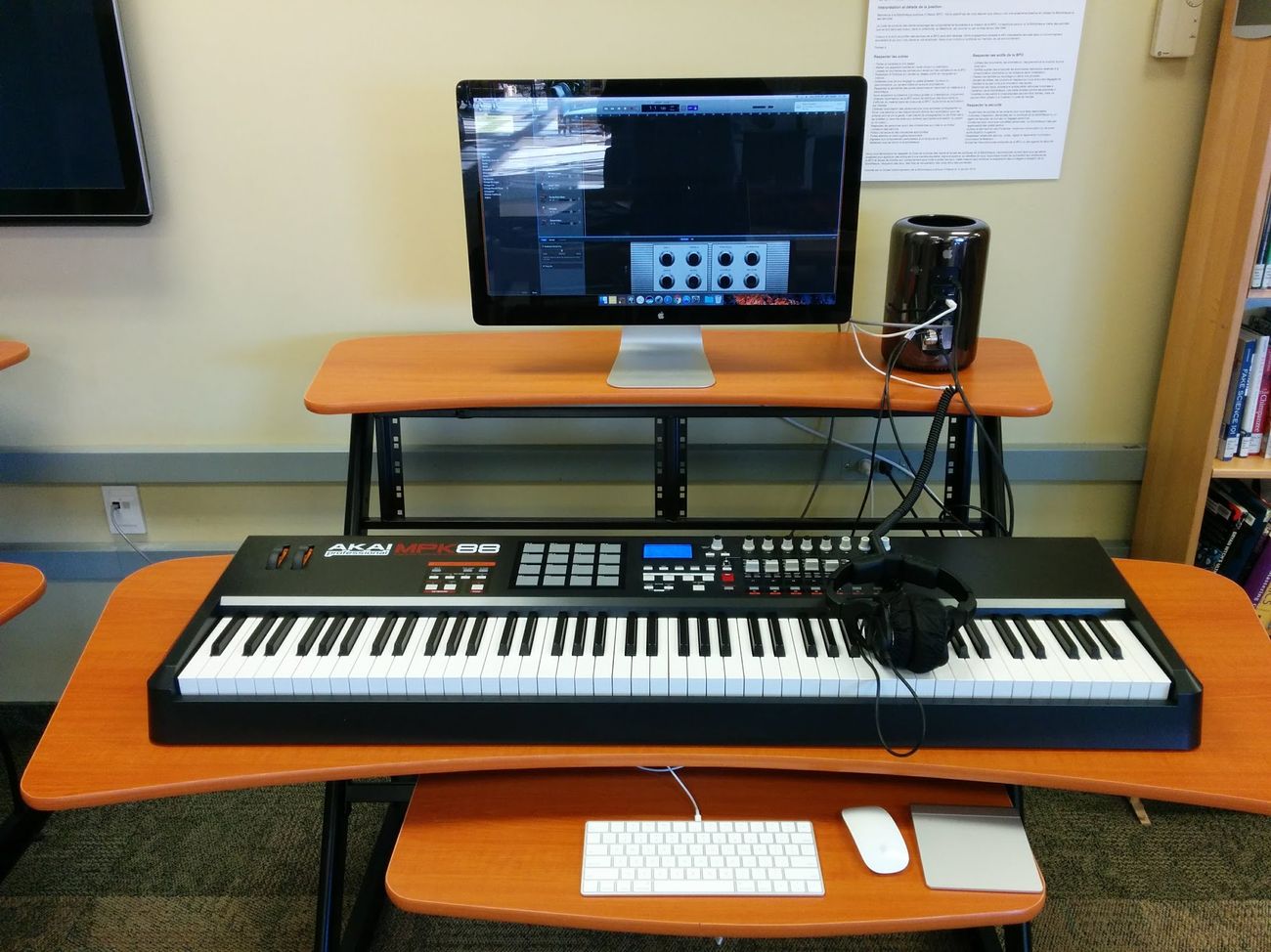

MIDI
What Is A Good MIDI Program
Modified: March 9, 2024
Discover the best MIDI programs for creating and editing music. Learn how to choose the right MIDI software for your needs.
(Many of the links in this article redirect to a specific reviewed product. Your purchase of these products through affiliate links helps to generate commission for AudioLover.com, at no extra cost. Learn more)
Table of Contents
Introduction
When it comes to creating music in the digital realm, having the right tools at your disposal can make all the difference. One such essential tool for musicians, producers, and composers is a MIDI program. But what exactly is a MIDI program, and why does it matter? In this article, we will delve into the world of MIDI programs, exploring their significance and shedding light on what makes a MIDI program truly exceptional.
MIDI, which stands for Musical Instrument Digital Interface, is a universal protocol that allows electronic musical instruments, computers, and other devices to communicate and synchronize with each other. This revolutionary technology has been a game-changer for musicians and music producers, enabling them to control and manipulate various aspects of sound and music production with unparalleled precision and flexibility.
A good MIDI program serves as the bridge between a musician's creative vision and the digital realm, offering a wide array of features and functionalities that streamline the music production process. Whether it's composing intricate melodies, arranging complex musical structures, or controlling virtual instruments and effects, a reliable MIDI program is an indispensable asset for anyone working in the realm of digital music creation.
In the following sections, we will explore the fundamental aspects of MIDI technology, unravel the key features that define a top-notch MIDI program, and highlight some of the most popular MIDI programs in the market. By the end of this article, you will have a comprehensive understanding of what sets a good MIDI program apart and how it can elevate your music production endeavors to new heights. Let's embark on this journey into the realm of MIDI programs and unlock the potential of digital music creation.
Understanding MIDI
At the core of modern music production lies a groundbreaking technology known as MIDI, which stands for Musical Instrument Digital Interface. MIDI serves as the digital language that allows electronic musical instruments, computers, and other devices to communicate and synchronize with each other. This universal protocol has revolutionized the way music is created, produced, and performed, providing musicians and producers with unparalleled control and flexibility in shaping sound and musical compositions.
One of the most remarkable aspects of MIDI is its ability to transmit musical information in a digital format. Unlike audio signals, which capture the actual sound produced by a musical instrument, MIDI data represents the instructions and parameters that govern musical performance. These instructions can encompass a wide range of musical elements, including note pitches, durations, velocities, and even control messages for parameters such as volume, modulation, and expression.
MIDI data is incredibly versatile, allowing musicians and producers to manipulate and edit musical performances with precision and ease. Whether it's adjusting the timing of a note, altering the dynamics of a musical passage, or triggering complex sequences of events, MIDI empowers creators to sculpt their musical ideas with meticulous detail.
Furthermore, MIDI enables seamless integration between different types of musical equipment and software. This means that a MIDI keyboard can communicate with a digital audio workstation (DAW), allowing the musician to play virtual instruments and control various parameters within the software. Similarly, MIDI controllers can be used to manipulate synthesizers, drum machines, and other hardware devices, creating a cohesive ecosystem where different components work in harmony.
Another significant advantage of MIDI is its non-destructive nature. When recording MIDI data, the original performance is not permanently altered. Instead, the MIDI information is stored as a series of commands and instructions, which can be edited, rearranged, and modified without affecting the original source material. This non-destructive workflow provides musicians and producers with the freedom to experiment and refine their musical ideas without the fear of irreversible changes.
In essence, MIDI technology serves as the backbone of modern music production, offering a robust framework for communication, control, and creativity. Its ability to transmit musical information in a versatile and non-destructive manner has made it an indispensable tool for musicians and producers worldwide. As we continue to explore the realm of MIDI programs, it's essential to grasp the fundamental principles of MIDI technology and appreciate its profound impact on the landscape of digital music creation.
Features of a Good MIDI Program
A good MIDI program is characterized by a diverse array of features that cater to the multifaceted needs of musicians, producers, and composers. These features not only streamline the music production process but also empower users to unleash their creative potential with precision and efficiency. Let's explore the key attributes that define a top-notch MIDI program:
1. Intuitive Interface
A user-friendly interface is paramount for a good MIDI program. It should provide a seamless and intuitive environment for composing, arranging, and editing MIDI data. Clear visualization of musical elements, such as notes, velocities, and controller data, enhances the user experience and facilitates efficient workflow.
2. Comprehensive MIDI Editing Tools
Robust MIDI editing capabilities are essential for manipulating musical performances with precision. A good MIDI program should offer a wide range of editing tools, including quantization, velocity scaling, note length adjustment, and flexible event manipulation. These tools empower users to refine their musical ideas and achieve the desired expressive nuances in their compositions.
3. Flexible Instrument and Effect Integration
Seamless integration with virtual instruments and effects is a hallmark of a good MIDI program. It should support various plugin formats and provide a smooth workflow for controlling and manipulating virtual instruments and effects within the software environment. This integration fosters creativity and allows users to explore diverse sonic possibilities.
4. MIDI Mapping and Control Surface Support
The ability to map MIDI controllers and external hardware surfaces is crucial for a good MIDI program. It should offer comprehensive MIDI mapping functionalities, enabling users to customize control assignments for parameters within the software and external hardware. This flexibility enhances the tactile interaction with the music production environment.
5. Extensive MIDI File Compatibility
A good MIDI program should support a wide range of MIDI file formats, ensuring seamless import and export capabilities. Compatibility with standard MIDI file types, as well as the ability to export MIDI data to external devices and software, facilitates collaborative work and interoperability across different platforms.
6. Real-Time Performance and Recording Features
Real-time MIDI recording and performance capabilities are fundamental for capturing musical ideas on the fly. A good MIDI program should provide reliable MIDI input and recording functionalities, allowing users to capture expressive performances with minimal latency and maximum accuracy.
7. Advanced MIDI Routing and Processing
Sophisticated MIDI routing and processing options enhance the versatility of a MIDI program. The ability to route MIDI data to multiple destinations, apply transformative MIDI processing, and create complex MIDI signal chains expands the creative potential and opens up new avenues for musical experimentation.
8. Robust Stability and Compatibility
Stability and compatibility are paramount for a good MIDI program. It should exhibit robust performance across different operating systems and hardware configurations, ensuring a reliable and consistent user experience. Compatibility with industry-standard protocols and formats further enhances the interoperability of the MIDI program.
In essence, a good MIDI program encompasses a rich tapestry of features that cater to the diverse needs of music creators. By providing an intuitive interface, comprehensive editing tools, seamless integration with instruments and effects, extensive compatibility, and advanced routing capabilities, a top-notch MIDI program empowers users to craft compelling musical compositions with unparalleled precision and artistry.
Popular MIDI Programs
When it comes to choosing a MIDI program, musicians, producers, and composers are presented with a plethora of options, each offering unique features and capabilities. These MIDI programs have garnered widespread acclaim for their exceptional performance, intuitive workflows, and comprehensive toolsets. Let's take a closer look at some of the most popular MIDI programs that have made a significant impact in the realm of digital music production.
1. Ableton Live
Ableton Live has established itself as a powerhouse in the world of MIDI-based music production. Renowned for its seamless integration of MIDI and audio workflows, Live offers a versatile environment for composing, performing, and arranging music. Its intuitive session view and flexible MIDI editing capabilities make it a go-to choice for electronic music producers and live performers seeking a dynamic platform for creative expression.
2. FL Studio
FL Studio, known for its innovative approach to music production, has garnered a dedicated following among MIDI enthusiasts. With a robust set of MIDI editing tools, extensive plugin support, and a user-friendly interface, FL Studio empowers users to craft intricate MIDI compositions with ease. Its pattern-based sequencing and real-time performance features make it an ideal choice for electronic music production and beatmaking.
3. Logic Pro X
Apple's Logic Pro X stands out as a comprehensive MIDI program that caters to the needs of both electronic and traditional music producers. Boasting a rich collection of virtual instruments, MIDI effects, and score editing capabilities, Logic Pro X offers a sophisticated yet accessible platform for composing and arranging MIDI-based music. Its seamless integration with macOS and robust MIDI mapping features further solidify its position as a top-tier MIDI program.
4. Pro Tools
Widely recognized as a professional standard in the audio industry, Pro Tools also excels in the realm of MIDI production. With its extensive MIDI editing and recording features, comprehensive instrument library, and seamless session management, Pro Tools provides a robust environment for capturing and refining MIDI performances. Its compatibility with industry-standard hardware and software further enhances its appeal for professional music production workflows.
5. Cubase
Steinberg's Cubase has long been synonymous with advanced MIDI capabilities, making it a preferred choice for composers, arrangers, and film scorers. The program's comprehensive MIDI editing tools, score notation features, and seamless integration with virtual instruments and effects elevate it to a prominent position in the MIDI production landscape. Cubase's unparalleled MIDI routing and processing options offer unparalleled flexibility for shaping intricate musical arrangements.
These popular MIDI programs represent a diverse spectrum of tools that cater to the varied needs and preferences of music creators. Whether it's the seamless integration of MIDI and audio, innovative workflow design, comprehensive MIDI editing capabilities, or advanced routing and processing options, each program brings a unique set of strengths to the table. As the landscape of digital music production continues to evolve, these MIDI programs remain at the forefront, empowering musicians and producers to bring their musical visions to life with precision and artistry.
Conclusion
In conclusion, a good MIDI program serves as a cornerstone of modern music production, offering a versatile and powerful toolkit for musicians, producers, and composers. By bridging the gap between creative expression and digital technology, MIDI programs empower users to craft compelling musical compositions with precision and artistry. From intuitive interfaces and comprehensive editing tools to seamless instrument integration and advanced routing capabilities, the hallmark features of a top-notch MIDI program cater to the multifaceted needs of music creators.
The fundamental principles of MIDI technology, including its ability to transmit musical information in a versatile and non-destructive manner, underpin the foundation of MIDI programs. This universal protocol has revolutionized the way music is created, produced, and performed, providing unparalleled control and flexibility in shaping sound and musical compositions. The seamless integration between different types of musical equipment and software, facilitated by MIDI technology, creates a cohesive ecosystem where creativity knows no bounds.
As we explored the key features of a good MIDI program, it became evident that an intuitive interface, comprehensive MIDI editing tools, flexible instrument and effect integration, MIDI mapping and control surface support, extensive MIDI file compatibility, real-time performance and recording features, advanced MIDI routing and processing, and robust stability and compatibility are essential components that define a top-tier MIDI program.
Furthermore, the landscape of MIDI programs is enriched by a diverse array of popular choices, each offering unique strengths and capabilities. From Ableton Live's dynamic session view to FL Studio's innovative pattern-based sequencing, Logic Pro X's comprehensive toolset, Pro Tools' professional-grade features, and Cubase's advanced MIDI capabilities, music creators have a wealth of options to explore and leverage in their creative endeavors.
In essence, the journey into the realm of MIDI programs has unveiled the profound impact of MIDI technology on the landscape of digital music creation. As musicians and producers continue to push the boundaries of creativity, MIDI programs stand as indispensable allies, empowering them to bring their musical visions to life with unparalleled precision and artistry. With the right MIDI program at their disposal, music creators can embark on a limitless exploration of sonic possibilities, shaping the future of music with innovation and passion.

